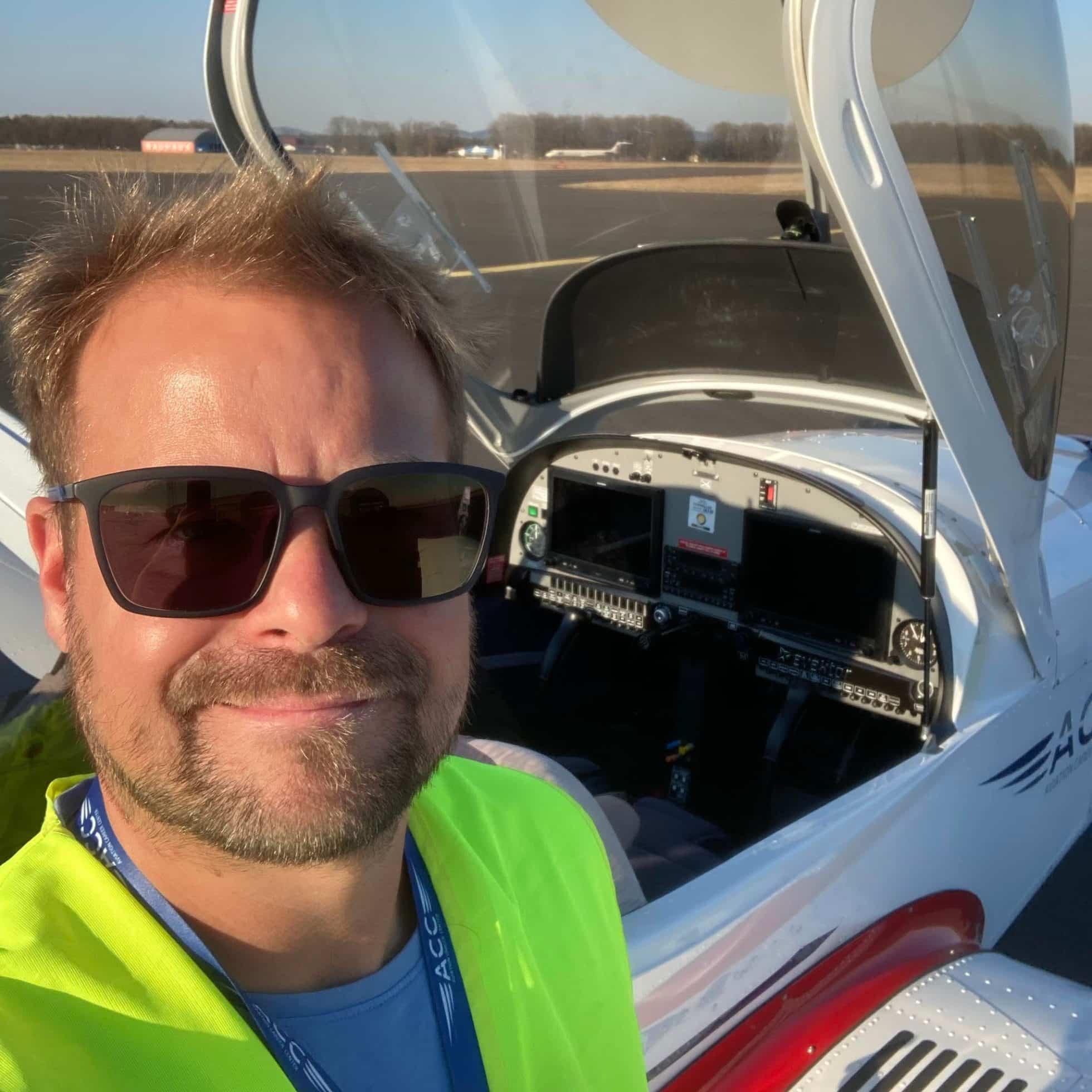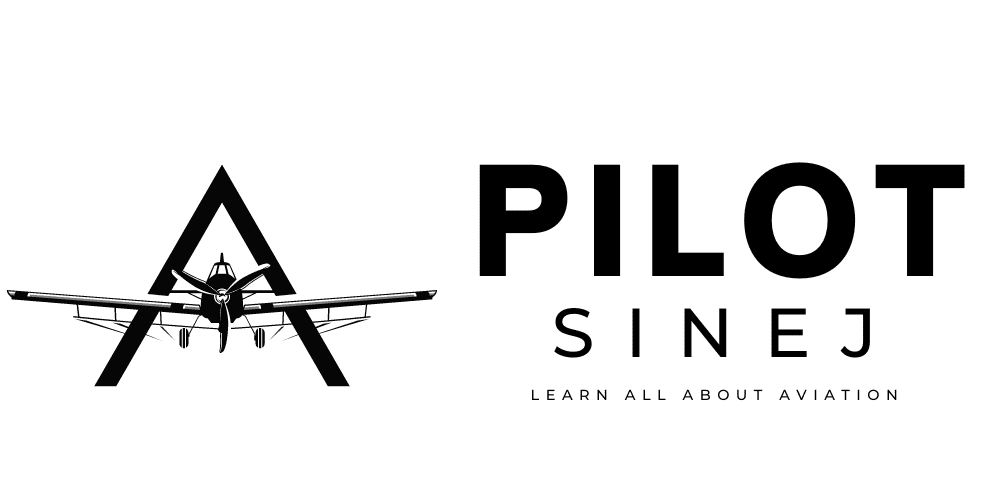The dream of commanding an aircraft and soaring through the open skies is shared by many, and a Private Pilot License (PPL) is the first step towards realizing this dream. This guide provides you with an insight into the process of obtaining a PPL, setting your course towards becoming a pilot.
The Key to the Skies: A Deep Dive into Private Pilot License (PPL)
A Private Pilot License (PPL) is the initial stepping stone in your aviation journey, permitting you to be the pilot-in-command of a single-engine aircraft.
This license bestows upon you the autonomy to traverse the vast expanses of the sky independently, marking your first stride towards mastering the art of flight.
Unlike a Commercial Pilot License (CPL), a PPL doesn’t authorize you to fly for commercial purposes, meaning you can’t receive payment for your services.
However, the PPL is still the quintessential foundation for any aspiring aviator, as it introduces the critical skills and knowledge necessary to operate an aircraft safely and efficiently.
A PPL grants you the freedom to pilot an aircraft for a wide range of non-commercial activities.
Whether it’s flying for leisure, setting off on cross-country trips with family and friends, or even offering your piloting skills for volunteer services, a PPL opens up a world of possibilities.

Broadening Your Horizons with a PPL
The benefits of earning a PPL extend far beyond the cockpit. Here are some ways obtaining a PPL can enrich your life:
1. Personal Growth: The journey to earning a PPL challenges you mentally and physically. It cultivates resilience, decision-making, and problem-solving skills, which are valuable in all walks of life.
2. Freedom and Flexibility: With a PPL, you’re not bound by commercial airline schedules or routes. You have the freedom to fly where you want and when you want, within the limits of your license and aircraft capabilities.
3. Exploring New Perspectives: Flying offers a unique perspective on the world, enabling you to explore and appreciate places from an entirely different vantage point.
4. Serving the Community: A PPL enables you to volunteer for various humanitarian and conservation efforts that require pilot skills, such as animal tracking, transportation of supplies to remote areas, and search and rescue missions.
5. Stepping Stone to Advanced Ratings and Certificates: A PPL is the groundwork for advanced pilot certifications, such as an Instrument Rating (IR), Multi-Engine Rating (MER), or a CPL. If you wish to pursue a career in aviation, the PPL is your first checkpoint.
Earning a PPL is a rewarding achievement that leads to a lifetime of adventure and personal growth. The skills and experiences you gain throughout your training will shape your journey, not only in the aviation world but also in your everyday life. As a private pilot, the sky is not the limit; it’s just the beginning.
How to Become a Pilot?
The journey to becoming a pilot is thrilling and challenging in equal measure. Here’s your step-by-step flight plan to earn your PPL:
1. Pass a Medical Exam: Before you start, you’ll need to obtain a third-class medical certificate, ensuring you’re physically and mentally fit for flight training.
2. Join a Flight School: Select a flight school that aligns with your goals. You’ll be instructed by a certified flight instructor and will learn both theoretical knowledge and practical flying skills.
3. Ground School: Ground school provides the theoretical knowledge you need as a pilot, covering topics such as navigation, meteorology, and aerodynamics.
4. Flight Training: Alongside ground school, you’ll begin your practical flight training. Here, you’ll master basic flight maneuvers, take-offs, landings, and emergency procedures.
5. Pass Written and Practical Exams: After completing your training, you’ll need to pass a written knowledge test and a practical flight test (check ride) with an FAA or EASA examiner.
Flight Time: How Long Does It Take to Get a PPL?
The time taken to earn a PPL can vary significantly based on your schedule and commitment. With consistent training, you can achieve your PPL in 4-6 months.
The FAA requires a minimum of 40 flight hours, while EASA requires 45 hours. However, most students take 60-75 hours to reach the proficiency necessary for a PPL.
My First Solo Flight before PPL Exam
Obtaining a PPL is the first significant step on your aviation journey. It requires commitment, effort, and a passion for flight.
However, the rewards are immeasurable, as you earn the freedom to command an aircraft through the boundless skies.
This journey shapes you as an aviator, laying the groundwork for all future aviation pursuits. Strap in, throttle up, and set your course towards a PPL. The sky’s the limit!
